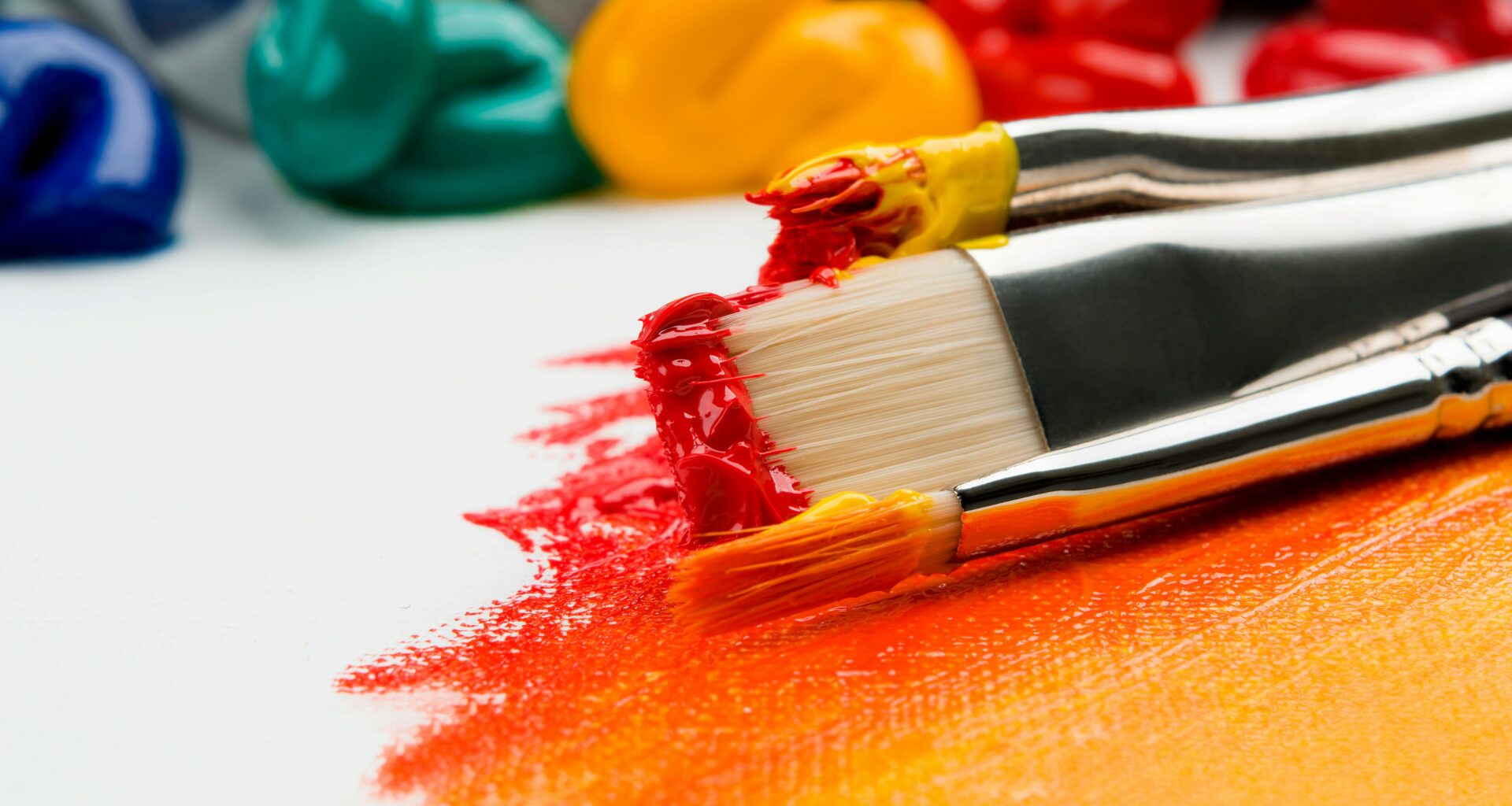An art essay is a written composition that analyzes, describes, interprets, or evaluates a work of art. If you need to write my college paper on an artwork, it provides a deeper understanding and appreciation of the piece being discussed. Writing an effective art essay involves careful observation, critical thinking, and clear communication of your analysis and interpretation.
The main purposes of an art essay include describing and analyzing the visual elements and techniques, interpreting the meaning or message, evaluating the significance within its historical and cultural context, and expressing personal insights about the artwork.
Laying the Groundwork
To write a strong art essay, research and groundwork are crucial. Spend time closely observing the artwork itself – study the visual qualities, artistic style, materials, and subject matter. Take detailed notes on what you perceive. Examine how the artist utilizes elements like color, line, texture, light, and composition. Additionally, gather information on the artist’s background, inspirations, creative process, and the art historical context surrounding the piece. Identify potential symbolism, themes, and meanings embedded in the work. If you need further assistance, the best assignment writing services mentioned at https://www.linkedin.com/pulse/best-assignment-writing-services-uk-top-5-websites-reviews-walton can provide professional help in crafting an outstanding art essay.
Developing a Thesis and Structure
Developing a clear thesis statement and outline will provide structure for your essay. Your thesis should capture your primary argument, interpretation or the main point you plan to convey. It could offer a fresh perspective or original analysis of the artwork. Then map out an outline with an introduction, body paragraphs, and conclusion to organize your ideas coherently.
The introduction should capture the reader’s attention with an engaging description or observation about the artwork. Provide brief context on the artist and artwork, then present your thesis as a preview of your argument or central interpretation.
Visual Analysis
The body of your essay should include a visual analysis discussing the formal artistic elements and composition in depth. Describe the color palette, brushwork, use of line and texture, and how these technical components come together. Analyze the artistic style, from realism to abstraction, and the specific techniques employed, providing specific examples and evidence from the artwork itself. This shows your close observation skills.
Historical and Cultural Context
Context is also essential for interpreting a work of art properly. Situate the piece within the artist’s life, artistic development, and other notable works. How does it reflect the inspirations, influences, prevailing ideas, and cultural values of the art movement or time period it emerged from? Discussing this background information enriches your understanding of the artwork’s significance and relevance.
Interpreting Meaning and Themes
With visual and contextual analysis covered, you can then delve into interpreting the deeper meaning, symbolism, and messaging in the artwork. What broader themes, emotions, commentary on society, personal struggles, or philosophical musings might the artist be expressing through this piece? Support your interpretations with evidence from research and examples from the visual qualities. Consider various alternative interpretations as well.
Evaluation and Comparison
Evaluate the artistic merits, enduring importance, and overall impact of the piece based on your interpretations and analysis. How does it contribute to or diverge from the artistic traditions of its time? You could briefly compare it to other major works to highlight its achievements or shortcomings.
Personal Response
Additionally, an art essay should incorporate your own personal response as a viewer. Describe your intellectual and emotional reactions to the specific artwork. What elements intrigued, inspired, disturbed, provoked, or moved you on a subjective level? How does it relate to your own experiences, beliefs, and worldview? Making these personal connections demonstrates your investment and engaged critical thinking.
Concluding Insights
Concluding the essay, summarize your key points and overarching evaluation of the artwork’s merits, meaning, and relevance. You could propose broader implications for the role of this type of art in society or future areas for analysis.
When all of these elements unite – visual description, contextual framing, interpretation, evaluation, and personal response – an art essay illuminates the artistic achievements and creative brilliance behind a work of art. It serves to educate readers, enrich understanding, spark discussion, and share impassioned insights about our vast artistic heritage.





